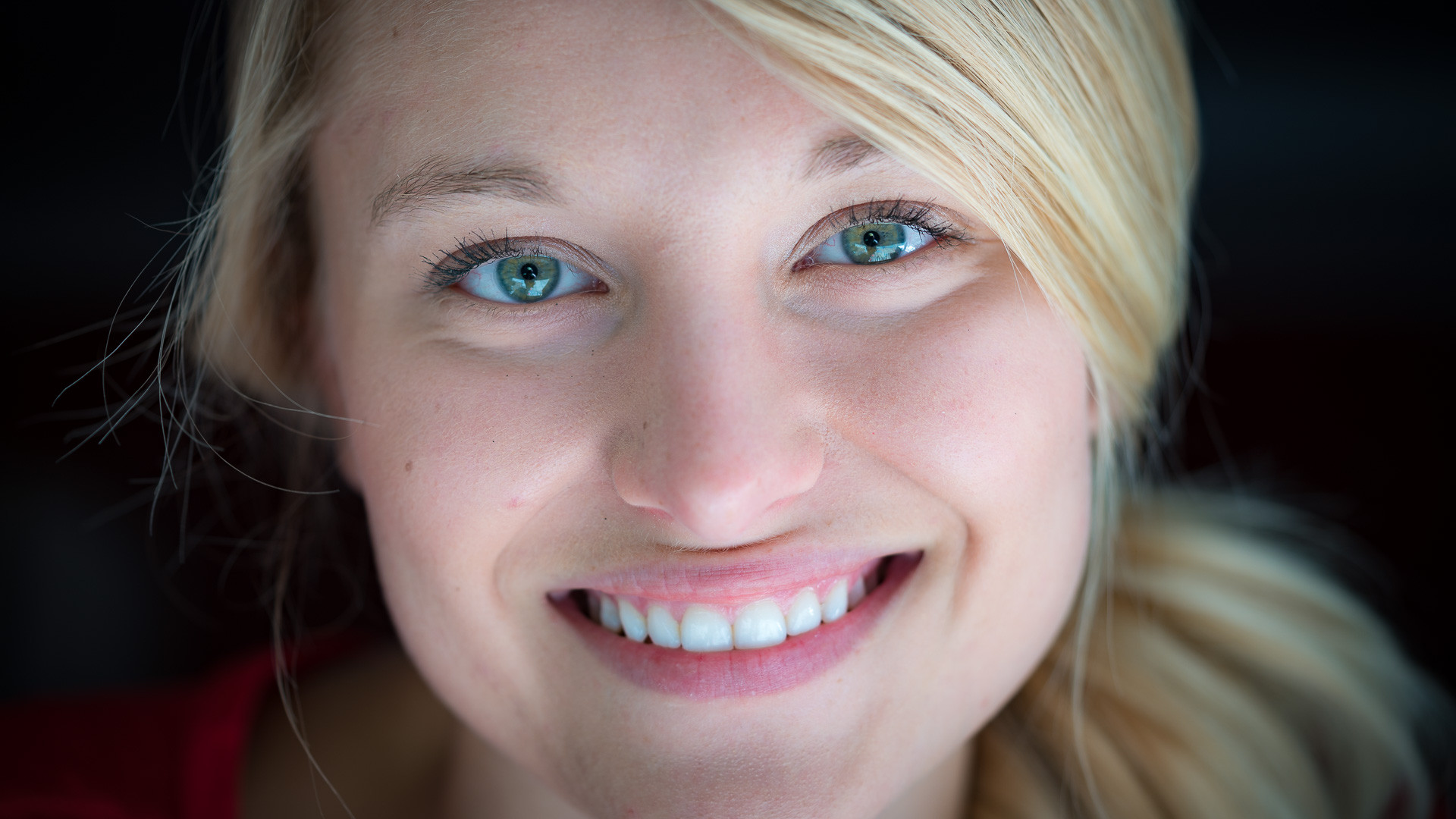 In 1990 I worked as a weekend news videography intern at the ABC affiliate in Spokane, Washington. I had no idea what I was doing, but I got to do it with a brand-new Sony Betacam. Before the Betacam crashed onto the electronic news gathering scene in 1990, almost all field cameras were two-piece affairs that weighed as much as a VW Beetle. To "run and gun", a videographer would first sling a massive rectangular recording deck over one shoulder which connected to the camera via a three foot-long cable. With the hulking deck on your left hip balanced by the heavy camera on your right shoulder, you were ready to go. Two steps in your feet would tangle with the cable and down you would go. The one-piece Betacam put the whole shooting match on your shoulder and it was brutally heavy, but revolutionary. As an intern I was admonished not to mistreat the camera as it cost $20,000. I lived in constant fear that I would break it and forfeit my future. I never did because the Betacam was one tough beast. We got it wet, covered in snow, and blasted with smoke and dust and it just kept going. The little 20-minute Beta tapes were magic to me compared to the book-sized ¾-inch tapes of old. The entire Betacam seemed to me to be cloaked in magic... Sony Magic. I loved using it.
Back in the 90's Sony was the undisputed King of electronics. I had a Sony TV, a Walkman and a big black Sony stereo system. During my short time as a TV news shooter, I learned that still photography was the way to go, (The TV people spend way too much time carrying gear and doing live shots). When I went to buy my first professional camera, Sony wasn't an option so I bought into a Canon EOS system. For decades I used Canon. From the EOS-1 to the EOS 5D Mark III, I invested many thousands of dollars in the tried and true Canon technology. Compared to the big old video cameras of the early 1990's, my Canon DSLRs were tiny, but they weren't all that small. When Fuji, Panasonic and Olympus started releasing their little mirrorless cameras, I could tell that they were the future of photography, but they just weren't quite all that just yet.
In 1990 I worked as a weekend news videography intern at the ABC affiliate in Spokane, Washington. I had no idea what I was doing, but I got to do it with a brand-new Sony Betacam. Before the Betacam crashed onto the electronic news gathering scene in 1990, almost all field cameras were two-piece affairs that weighed as much as a VW Beetle. To "run and gun", a videographer would first sling a massive rectangular recording deck over one shoulder which connected to the camera via a three foot-long cable. With the hulking deck on your left hip balanced by the heavy camera on your right shoulder, you were ready to go. Two steps in your feet would tangle with the cable and down you would go. The one-piece Betacam put the whole shooting match on your shoulder and it was brutally heavy, but revolutionary. As an intern I was admonished not to mistreat the camera as it cost $20,000. I lived in constant fear that I would break it and forfeit my future. I never did because the Betacam was one tough beast. We got it wet, covered in snow, and blasted with smoke and dust and it just kept going. The little 20-minute Beta tapes were magic to me compared to the book-sized ¾-inch tapes of old. The entire Betacam seemed to me to be cloaked in magic... Sony Magic. I loved using it.
Back in the 90's Sony was the undisputed King of electronics. I had a Sony TV, a Walkman and a big black Sony stereo system. During my short time as a TV news shooter, I learned that still photography was the way to go, (The TV people spend way too much time carrying gear and doing live shots). When I went to buy my first professional camera, Sony wasn't an option so I bought into a Canon EOS system. For decades I used Canon. From the EOS-1 to the EOS 5D Mark III, I invested many thousands of dollars in the tried and true Canon technology. Compared to the big old video cameras of the early 1990's, my Canon DSLRs were tiny, but they weren't all that small. When Fuji, Panasonic and Olympus started releasing their little mirrorless cameras, I could tell that they were the future of photography, but they just weren't quite all that just yet.
In late 2013 Sony released their A7 full-frame mirrorless cameras and the tone of the conversation changed. In the A7 and A7R Sony packed professional features into compact packages. The A7R really turned heads with a massive pixel count, extreme dynamic range and eye-popping image quality. Many, many photographers joined the mirrorless camp and the buzz around these new tiny cameras with big sensors began to grow.
But the A7 and A7R weren’t perfect cameras. Sure, they looked cool with their retro aesthetic and with a little adapter you could connect your current lenses to them, but there were some troubling trade-offs. The alarmingly-snappy shutter sounds of the cameras broke the hearts of many wedding and event photographers and landscape shooters lamented the flappy shutter’s vibrations despite assurances from Sony that the mechanisms did not cause image blur. Add to that the reality that despite their full-frame sensors, the new Sony machines didn’t wow anyone with their autofocus or high-ISO performance. The hope of small camera nirvana fostered by the A7 and A7R attracted many photographers and thousands of units were sold, but detractors stood firm refusing to compromise to shave a few pounds from their kits.
Third party manufacturers cranked out adapters for almost every brand of legacy lens and the sight of space-age Sony tech mated with Mad Men-era glass became commonplace. Lured by the idea that by replacing their bulky DSLR with one of the Sony mirrorless marvels they could retain their beloved fleet of lenses, scores of photographers made the switch only to find their fast Canon and Nikon glass focusing maddeningly slow. For the Leica glass aficionados like Trey, the A7 and A7R didn’t need to have blazing autofocus, or any autofocus for that matter. For those raised on Canon and Nikon AF, the sudden drop in performance drove them to native lenses. Sony’s selection of FE mount lenses was scant to begin with, but one by one they released fast primes, compact zooms and through their partnership with Zeiss, the converted found solace in superb image quality even though AF speed was lacking.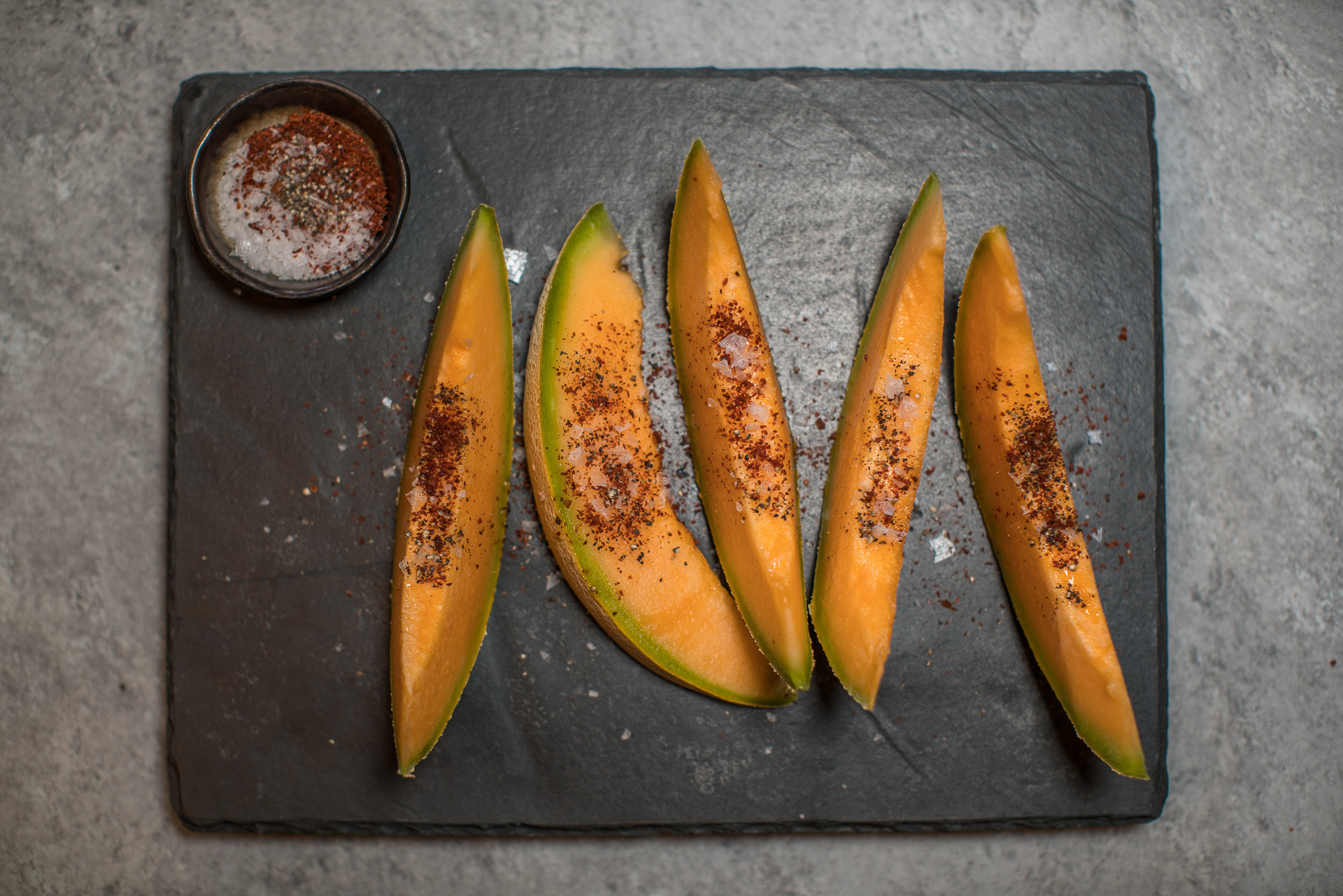
The low-light crowd turned up their noses at the Sony cameras until six months later when the A7S joined the team. While the “R” stood for Resolution, the “S” brought Sensitivity. The new kid with the magic sensor that could see in the dark quickly gathered a chorus of converts happy to sing the praises of this revolutionary sensor. The A7S also brought 4K video to the Alpha mirrorless, but an external recorder was needed to realize such lofty standards. Astro nuts and videographers snatched up the A7S by the armload.
With the A7S in the mix Sony began to refine their ergonomics and autofocus. in late 2014, Sony replaced the original A7 with a Mark II version that brought a much better form factor, quiet (and smooth) shutter, improved autofocus and 5-axis in-body image stabilization (IBIS). With the A7II, many of the complaints that people had about the original A7’s were countered by industry-shifting technology. Even more DSLR shooters traded in their kits for Sony gear. The market economics became clearer. Before Sony launched the A7 line, everyone in the industry was seeing slacking sales. Canon and Nikon reported alarming revenue drops as amateur photographers abandoned compact cameras for smartphones and professionals moved to mirrorless systems or stuck with their aging gear. By early 2015, the big kings of the camera market were standing flat-footed on dropping sales and lackluster offerings while Sony was enjoying a 17% rise in sales. The shift in the market from DSLR to mirrorless was also reflected in the revenue figures of Fuji, Panasonic and Olympus, but no one has caught the wave like Sony.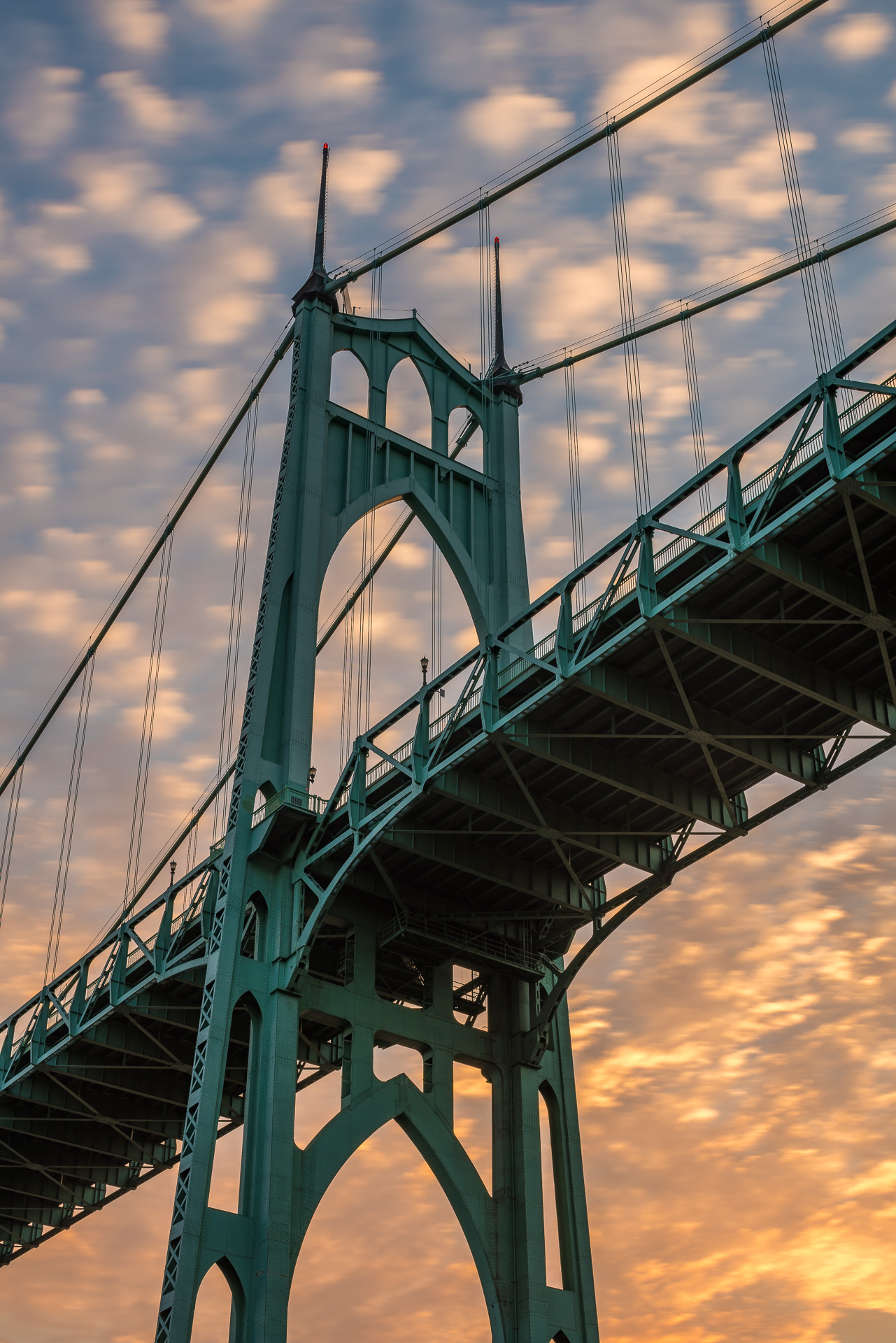
Disruptions in the Force
In a breathtaking run Sony invented the full-frame mirrorless market, expanded it, then reinvented it; all in less than 14 months. With sales in the black and a growing list of notable photographers switching to their cameras, Sony plowed into 2015 with three remarkable cameras. Despite all of this, there were still many reasons why Sony wasn’t a slam dunk. The A7II answered the complaints of many with a better shutter and shape, but it didn’t have the A7R’s pixels or the A7S’s low-light and video prowess. Sony had three great cameras that if mashed together could be considered the best camera in the world. So that’s what they did.
Enter the A7RII. Sony took the shell of the A7II and gutted it. They then reached deep into their R&D black magic labs and concocted the world’s first full-frame back-illuminated CMOS sensor with a hard drive stomping 42.4 megapixels. By literally flipping sensor technology on its head Sony was able to cram an enormous number of pixels onto the sensor while dragging the low-light and autofocus performance up to redonkulous levels.
When the camera was announced in June, the specs were staggering: 42.4 megapixels, native ISO of 100 to 25,600 (expandable to 50 - 104,900), 14 stops of dynamic range, 399 phase detection AF points, 4-stop 5-axis in-body image stabilization, silent shutter, 4K in-camera video, robust weather and dust sealing, and a partridge in a pear tree. Sight unseen, people snapped up the entire pre-sale production run in days. On paper, Sony’s little full frame camera seemed to be a true DSLR killer.
Petting the Underdog
It certainly had my attention. I began to dabble in mirrorless with the Fuji X-T1 when it came out over a year ago and I could see the future of photography in that bright EVF. However, anyone who has used a mirrorless camera will tell you, they have been an exercise in compromise. You trade size for performance. You swap your amazing big-ass DSLR with it’s blazing frame rates, quick autofocus, and weatherproof body for something more demure. It’s akin to swapping your 4X4 Dodge RAM pickup for a Subaru Outback. Both will get you there. The Subaru is easier to park, but don’t expect it to take 1,000 pounds of gravel along for the ride.
Right before the new camera hit the streets, I joined a couple of dozen other photography journalists at a Sony event in Portland, Oregon where we were all given an A7RII, some lenses, beer, good food and two full days of activities curated to provide ample opportunities to make the system shine. After I picked up my camera and lenses, I sat down with it for a couple of hours to pick through the menus, spin the dials and toss the camera joyfully from one hand to the other. When I sat down with the loaner camera in the swanky hotel meeting room in Portland, I knew the specs of the camera in and out and was fully impressed. I had shot each of the preceding Sony cameras, so I knew what the system felt like. What I wasn’t prepared for was to be so surprised by the reality of the camera’s autofocus prowess, low-light finesse, and general lovability. But is that lovability enough to compel DSLR slingers to sell off their D4s and 5Ds? Let’s step over the hype and pick apart the arguments for and against the A7RII.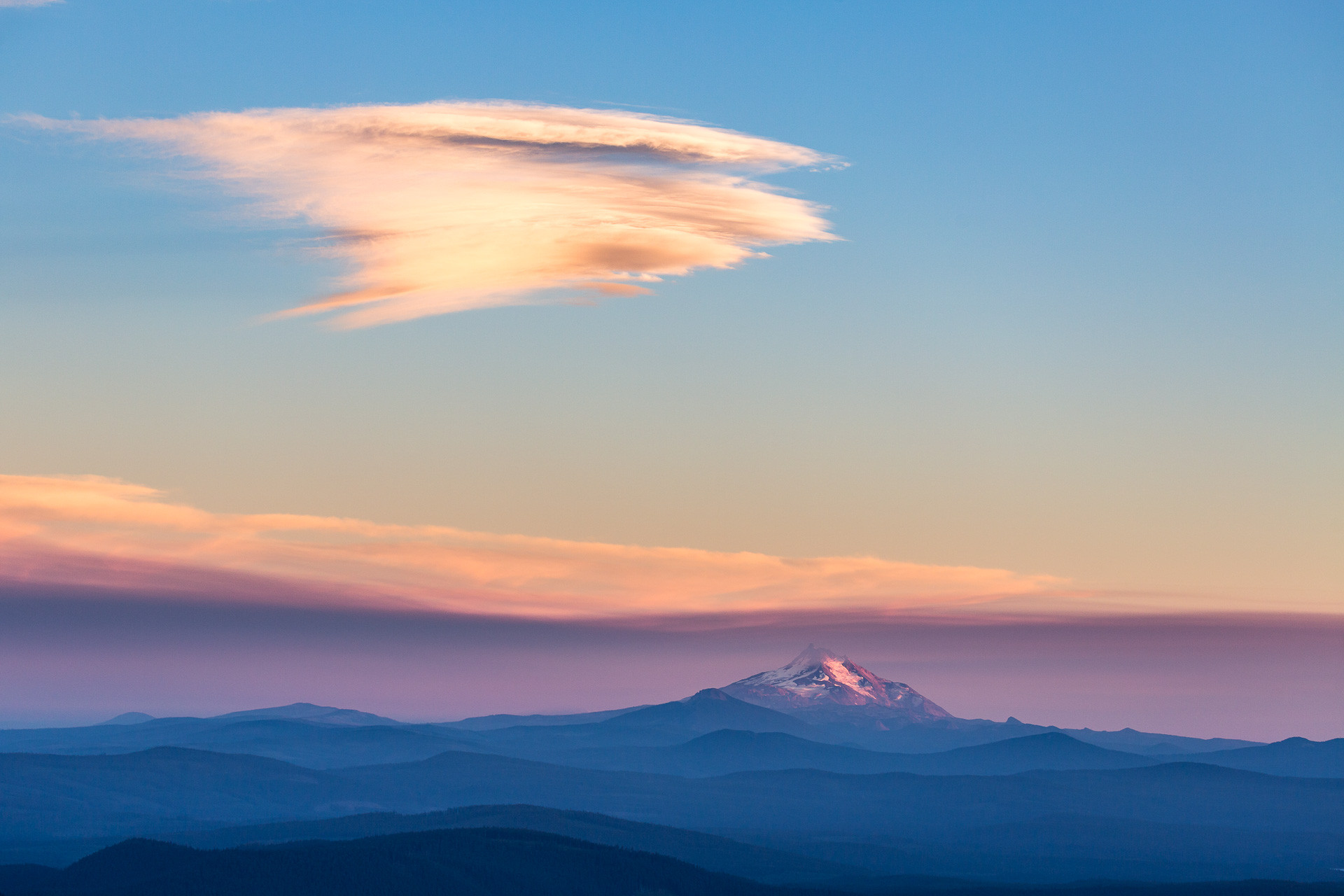
New Friends are Silver and Old Friends Gold. Gold is Heavy.
In this debate there is a lot of money on the table. When serious photographers look at cameras, they look at the entire system and Sony’s limited selection of native lenses for the A7RII pales in comparison to Canon and Nikon’s massive fleets of glass. For Canon users, EF glass is adaptable to the A7RII via third party adapters from Metabones, Fotodiox, and a handful of other Whodat? companies. With these adapters, shooters can marry the Sony camera to the amazing Canon/Nikon/Leica glass they love. Sounds perfect, right? In theory it is. Because of the smaller form factor of mirrorless camera bodies, adapted lenses retain the proper flange distance and keep their focal length and max aperture. What they haven’t been able to realize up to this point is autofocus performance. With the A7, A7R and A7S, adapted lenses hunted aimlessly for focus lock and frustrated users were faced with shedding their beloved glass for Sony EF lenses or returning to their bulky DSLRs. With the A7RII, Sony brings a revolutionary new sensor to the fight that boasts 40% faster autofocus speeds from a sprawling 399-point phase detection AF array. While non-native lenses now leverage those 399 focus points, the performance isn’t earth-shaking. Newer Canon lenses (2006 and up) seem to enjoy autofocus speeds comparable to the 5D Mark III, but not as swift as the EOS 1D X or 7D Mark II. Nikon lens owners are still waiting on the sidelines for an adapter maker to bring something to market that will unlock the magic in that sweet Nikon glass. When I mentioned the allure of being able to use my Canon lenses on the A7RII, a Sony representative replied, “but we really want you to buy our lenses.” And therein is the rub. The satisfactory compatibility of the A7RII and lenses from other mothers is a brilliant marketing move. Sony has opened the door for those of us who are resistant to the idea of jumping whole-hog into a new system. “Sure” they say, “you can bring your old friends to our party, but we know you’ll be dancing with us by the end of the night.” After playing with the Sony FE 90mm F2.8 Macro, 35mm F1.4, 16-35 F4 and 70-200 F4 I can tell you that the full potential of this amazing new camera isn’t available with my Canon lenses. With adapted lenses you lose many of the A7RII’s autofocus magic like Eye AF, Lock-On AF, and zone focusing. I am bringing my adapted Canon 11-24 F4L, 70-200 F2.8L IS II, 50 F1.2L and 100-400 F4-5.6L IS II to the party, but in the back of my mind I know they may be catching rides home with other people.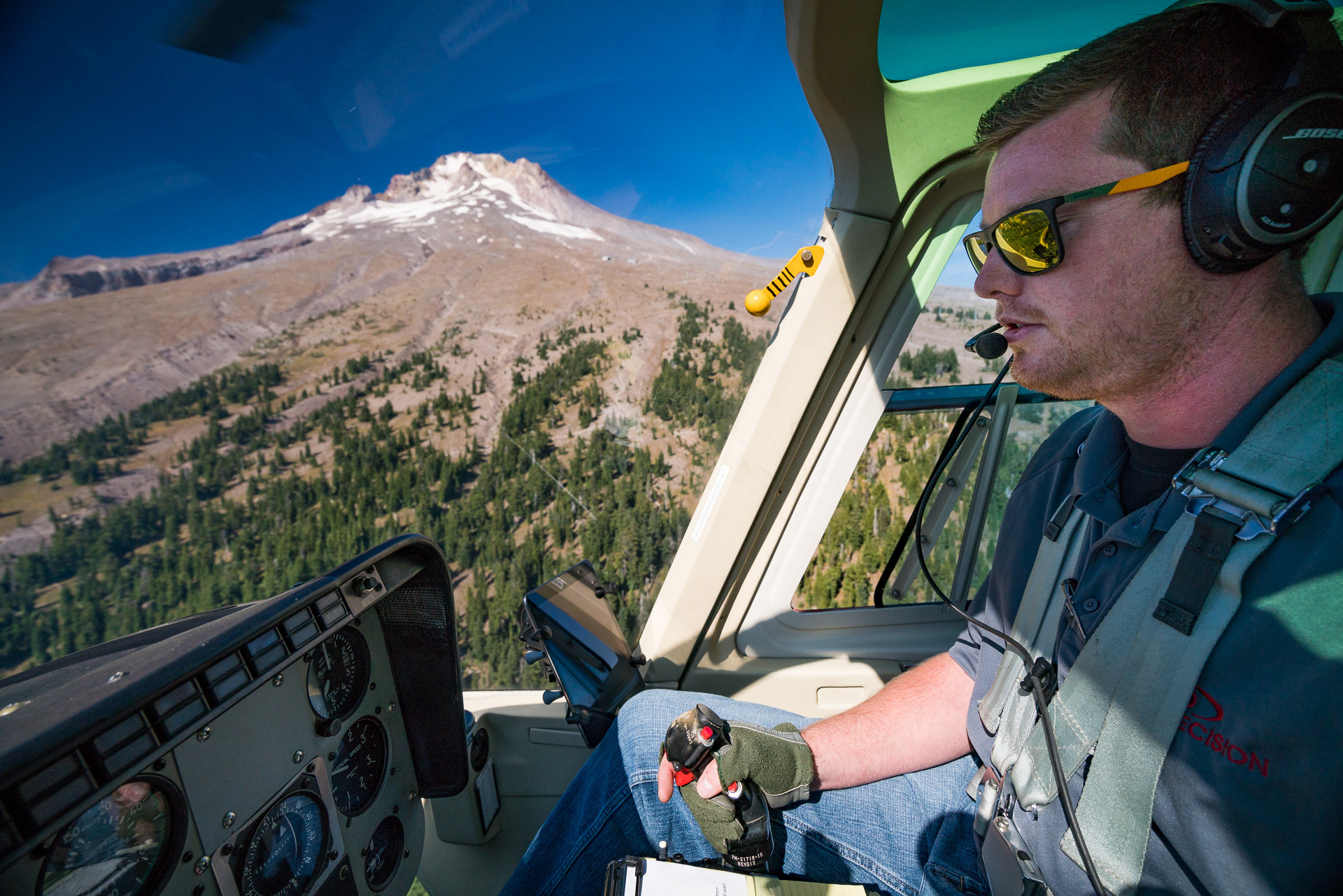
Shed Thy Burden, or Not.
Goldfish will grow to match the size of their tank, and I think photographers will often make their kit fit their bag. One commonly-cited factor in moving to mirrorless is the weight and space savings realized with smaller camera bodies and lenses. If one ditches a Nikon D800 and 12-24 F2.8 lens for a Sony NEX body and prime lens, (cough, Trey, cough), the weight and space savings are incredible. There is no question that Sony’s A7RII is smaller than comparable DSLRs. The Sony weighs 625 grams (including battery) while the Canon 5D Mark III (and the new 5DS and SR) come in at 950 grams and the Nikon D810 tips the scales at 980 grams. Now to be fair, both Canon and Nikon have excellent full-frame DSLRs that are more compact than the 5DM3 and D810. The Canon 6D weighs 770 grams and the Nikon D750 is 750 grams. If you only take into account the camera bodies, the Sony clearly shaves weight from your bag. But wait, you say, what about the lenses! That is where things get tricky. If you snag the Sony and keep your Canon glass, you will need an adapter like the Metabones EF to E version IV which weighs 193 grams. I am planning to replace my Canon 5D Mark III with the Sony A7RII but keep my favorite L lenses (for now). The A7RII with the Metabones IV weighs in at 818 grams so the argument that mirrorless cameras save weight is true, but the savings are limited. Sony is cranking out a steady stream of FE mount lenses, and they plan to add seven new ones in the next several months to the 23 in the stable right now, but their selection of native glass is scant compared to the sea of lenses from Canon and Nikon. Disciplined landscape and travel photographers will find plenty to work with in the Sony lineup, but the utility of being able to adapt alternative glass is very nice. The impact of your personal lens choices is what will dictate the mass of your kit. Trey routinely travels with a svelte kit of one or two Sony A-series bodies and a handful of adapted prime lenses, a far cry from the hulking Nikon load he used to lug around.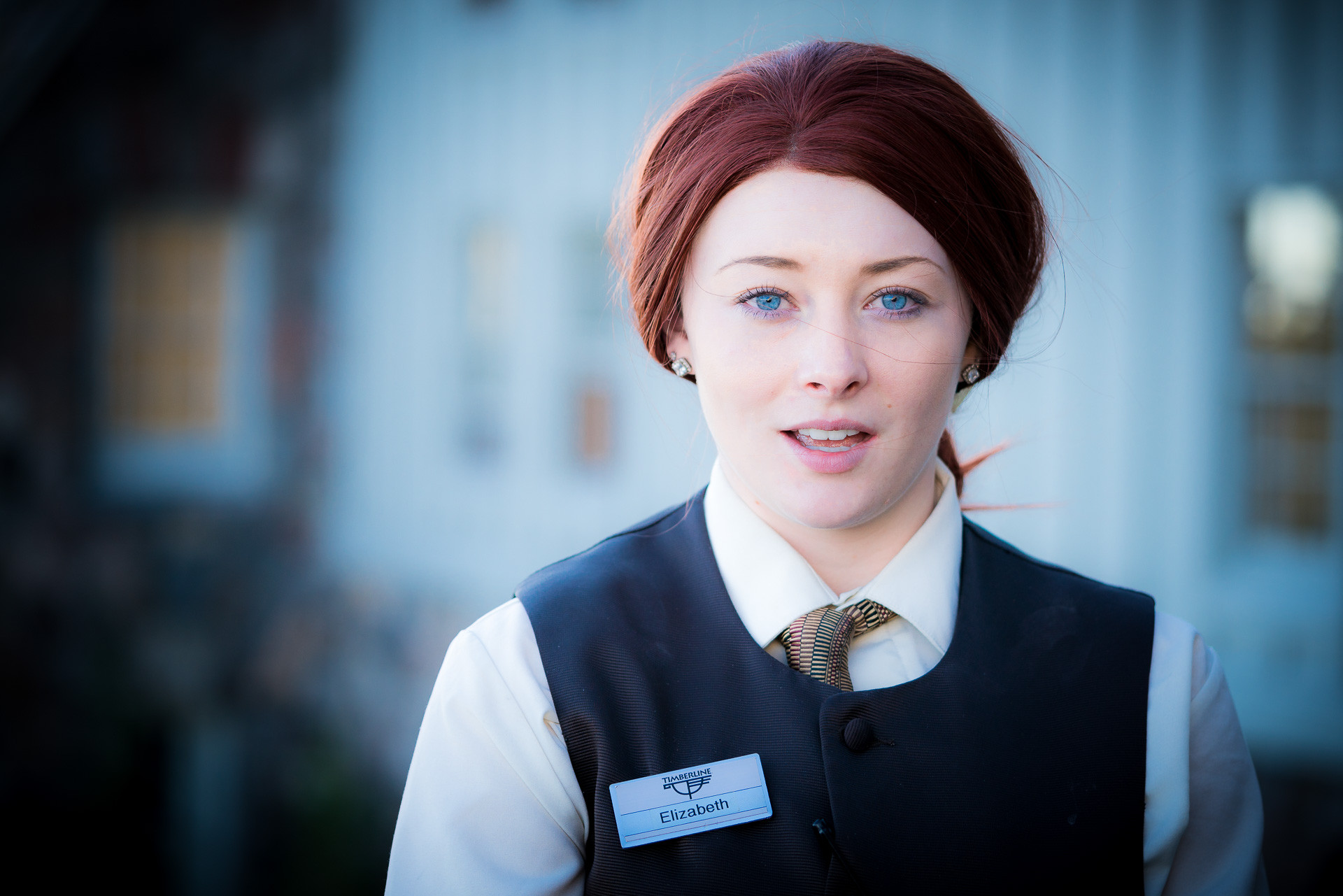
When the Puppy Barks Louder than the Big Dogs, Things Change.
I won’t jump into the nitpicking around Sony’s compressed raw files not being on par with the uncompressed output from the Nikon D810 or Canon’s new 5DS/R as 99.987% of the planet’s population cannot see a difference in the image quality from any of the high megapixel cameras on the market today. Pixel peeping is fun in moderation, but when prints are made and images sling to the web few people care whether the camera that made them had a mirror or not. The bald truth is the files emerging from the A7RII, D810 and 5DS/R are amazing when created by competent photographers. Trey’s massive prints hanging in businesses, galleries and homes around the world will stand up to the highest scrutiny. Sure, Sony could sweeten the deal by granting us uncompressed raw files with a future firmware update, but then we’ll all complain about the suddenly larger file sizes. When shot and processed right, the A7RII’s raw files are stellar. With 14 stops of dynamic range at lower ISOs, 42.4 megapixels, and all the trimmings, the A7RII is not a compromise in quality. In side-by-side comparisons using the same lens, settings and scene, I found the A7RII showed better dynamic range than the Canon 5D Mark III. In the shadows the two cameras seemed deadlocked. In color and detail quality, both cameras looked comparable. I am sure there will be much more detailed analysis from pixel peepers, but to my eyes, the little Sony not only measured up to my pro-level DSLR, it beat it. The days of compromising quality for size are over.
Eating Batteries Like Candy.
No question, having a camera empty a battery in 300 shots is a bummer, but you can’t outrun physics. The A7RII is an electronic beast, and the beast is hungry. On board you have a massive sensor, two screens (3” LCD on back and .5” OLED EVF inside), a busy 5-axis internal stabilizer, 399 on-sensor focusing points, and a dampened shutter. They all gobble up the amps. All of this tech lives inside a compact package, and no one wants a big fat battery crowding up the place so something’s gotta give. Mirrorless photographers have gotten good at battery management and once you get used to it, there’s no pain in quickly swapping out cells. Remember when we had to open THE ENTIRE BACK of our cameras to swap film every 36 shots? Sliding in a new battery every few hundred exposures is no big thang. Sony has heard the cries of the masses and given us a few sweet treats with the A7RII. First off, you’ll find two batteries in the box! They didn’t have to do that. In addition to the extra battery, Sony bundles a charger plus a USB power cord and plug with the camera. So you can charge one battery in camera while the other is nestled into the charger. Pretty cool, right? But it gets better! The USB cable can be used with that big external battery you bought to charge your phone. To me this is a really useful secret feature that is new to the Sony lineup. For $40 you can buy a 20,000mA battery and throw it in your camera bag. Between shooting sessions plug in your camera and top off the battery. I was able to bring the A7RII’s battery from 35% to 100% in just over an hour and Sony claims by plugging in the camera to a wall outlet will fully charge the battery in just under two hours. The external USB battery option also works while the camera is in use so timelapsers, event photographers and travelers can run and gun while charging the little battery in the camera.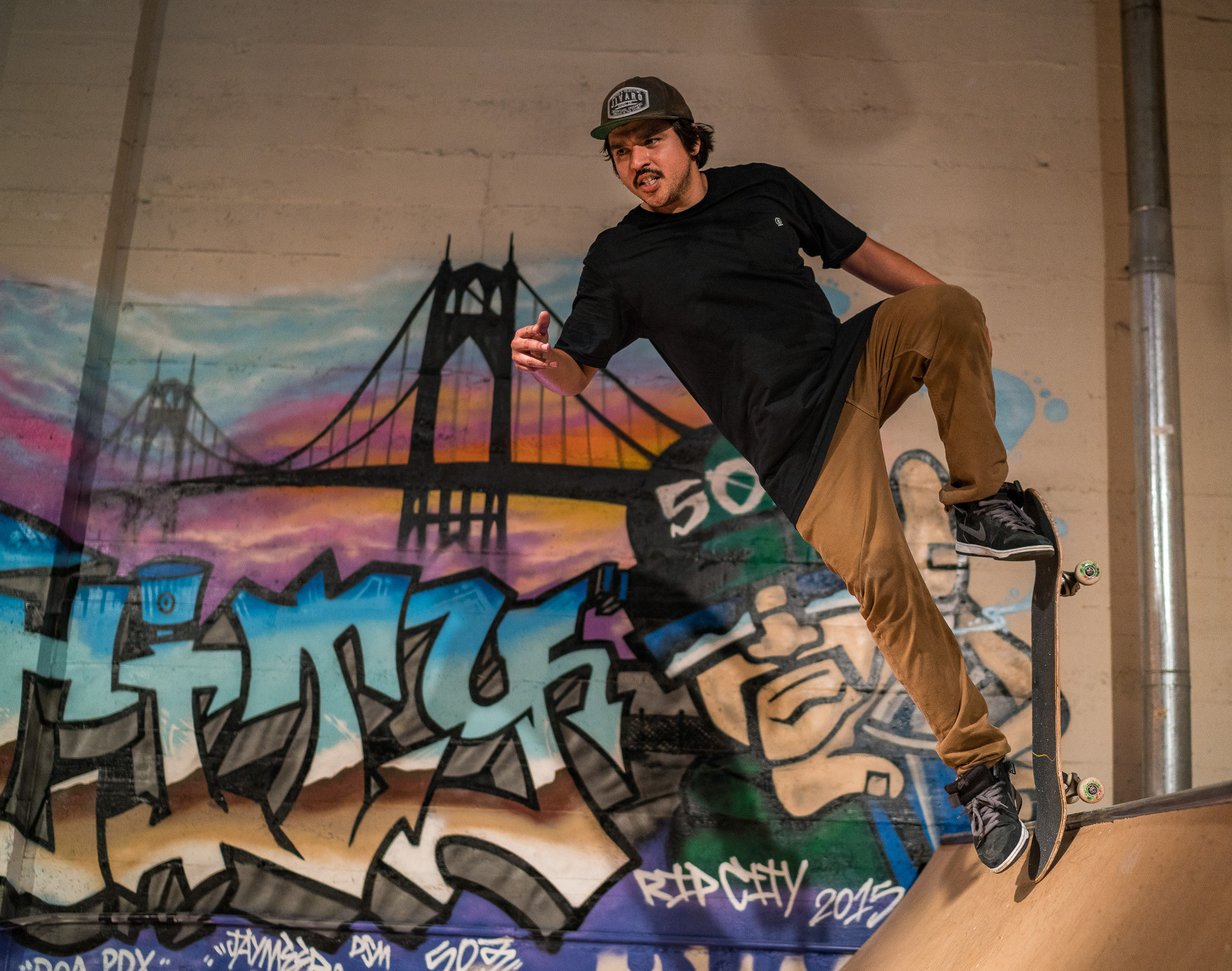
Cranking Up The Night Vision
Sony’s A7S brought creepy spy-camera low light prowess to mirrorless cameras, but the cost was paid in pixels lost. Nikon’s D4s and Canon’s EOS 1 D X also brought killer high ISO performance, but they too capture light with big photosites. The 1D X can crank up to 204,800 ISO with its 18mp sensor while the D4s can climb to 409,600 ISO with its 16mp sensor. For the record the A7S only has 12mp and tops out at 102,400 ISO. Now, 409,600 ISO sounds cray-cray, and it is, but the images captured at those stratospheric ISOs are notoriously noisy and useless for anything but espionage. The Sony A7S was the first full frame camera to bring quality to the quantity game. Astrophotographers and videographers have been singing the A7S’s praises and entire music videos have been shot under moonlight. When the A7RII was announced with a top ISO that matches the A7S’s 102,400, many people scoffed that a sensor with 42mp couldn’t possibly gather enough light to perform at those high ISOs. Back side illuminated sensors defy conventional wisdom, however, and Sony parked the world’s first full-frame BSI sensor in the A7RII and the low light performance is stunning. BSI sensors are fundamentally different from traditional sensors because the photosites, those tiny little receptors that gather light and convert it into data, are literally open to more light. When a sensor is built, the array of photodiodes is laid down first, then the connecting circuitry is paved on top. This construction allows some but not all of the light to hit the diodes, kind of like looking through a screen door. You get the view, but not all of the light. With a BSI sensor the photodiodes are laid down, then flipped over and the circuitry is then applied to the back of the array. In Sony’s case they had to engineer a way to physically flip the assembly on the line, which is incredibly tricky considering the delicate nature of microscopic electronics. This new method of building sensors allows in more light and light from sharper angles, so image quality across the frame improves (hello sharp corners!), sensitivity goes up, and the transmission of data from diodes to processor speeds up. We all win. Images in the A7R2 don’t look brighter, but the camera does leverage the new sensor tech to produce clean, noiseless image at ISOs much higher than any other high-resolution camera. This is a big deal for anyone who shoots in low light. Using light to moderate noise reduction in Lightroom, I have been able to get decent images at 102,400 ISO and surprisingly clear images at the native max ISO of 25,600. You won’t want to make massive prints of shots made at 25,600, but for online use they are impressive. Ultra high quality images suitable for large prints can be produced at 6400 ISO and possibly even higher if the exposures are spot-on and processing is handled with a careful touch.
As a long-time DSLR user with an eye for downsizing my kit, the Sony A7RII resolves all of the issues I have had with mirrorless cameras to date. With native lenses it brings uncanny autofocus ability. With features like Eye AF and wide area phase detection AF points across almost the entire frame, the A7RII bests cameras twice the size with a quarter the resolution. Other mirrorless cameras from Olympus, Panasonic and Fuji bring comparable AF performance, but not at the A7RII’s resolution or in low light. When used with non-native lenses like Canon’s latest L-series glass, the A7RII engages the phase detection AF system to bring dramatically better autofocus chops than previous Sony A7 series cameras. The compatibility with third party lenses makes the A7RII the highly versatile and capable core of a the world’s largest lens ecosystem.
The camera’s excellent EVF and pivoting LCD screen make scrutinizing your work easy business in harsh sunlight, odd angles and other difficult situations and thus my LCD loupe is now looking for a good home. The form factor of the camera is simple and elegant. Customizable buttons adorn the top and back of the camera and while some will bicker about the ergonomics of the compact dials and buttons, Sony has done a fine job of providing just enough control without too many frills.
The camera’s menu system is deep and complicated, but not nearly as bad as past Sony cameras. Sure, there are curious options here and there and sometimes settings aren’t located where logic would put them, but nothing in the A7RII’s menus seems useless or silly. Like with past A7 cameras, Sony includes the option of downloading applications to the camera (even through the built-in WiFi). Many of the available apps are questionable in utility, but the Remote Control app that allows you to use your smart phone to control the camera is elegant and should be standard equipment. The timelapse app is also very useful. The hands-free remote app is a wonderful option, despite being in Beta. When installed and activated, you can trip the shutter by simply waving your hand behind the camera. Very cool.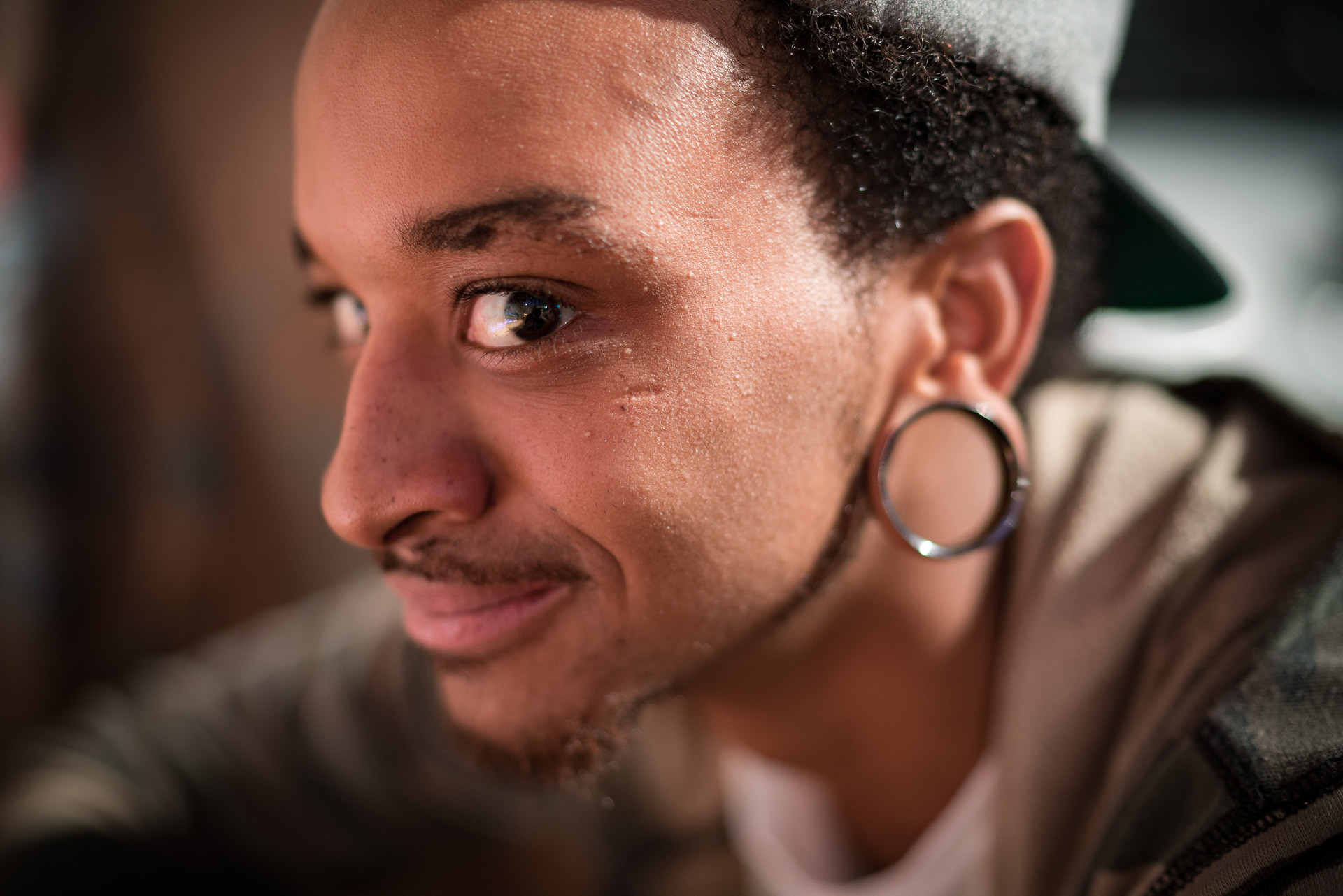
The build of the camera is robust and solid. It feels substantial in the hand. All doors, covers, buttons and dials feel professional grade. Weather sealing has always been a concern with the small mirrorless cameras but the A7RII is up to the rigors of heavy outdoor use in mixed conditions. I took several heavy splashes of water while shooting break dancers in water and the camera never even blinked. On a dusty volcano, I never worried about getting it dirty. I wouldn’t dunk it in sea water, but anything else is fair game.
Above everything else, the A7RII is a killer imaging machine. The 42.4 megapixel sensor renders crisp detail and lovely color. The dynamic range makes HDR toning an option with every single frame. You can still bracket with it, but you may not need to except in the most challenging of light. Fans of Trey’s wild Lightroom presets will find the massive files produced by the camera a delight to play with in processing.
Considering the top-notch image quality, snappy autofocus, and see in the dark low light capabilities of this camera, you would be hard pressed to find a more useful, fun and productive creative tool. Sony hopes to sell 100,000 A7RII’s and I am confident they will do just that…unless they release something better in six months!
